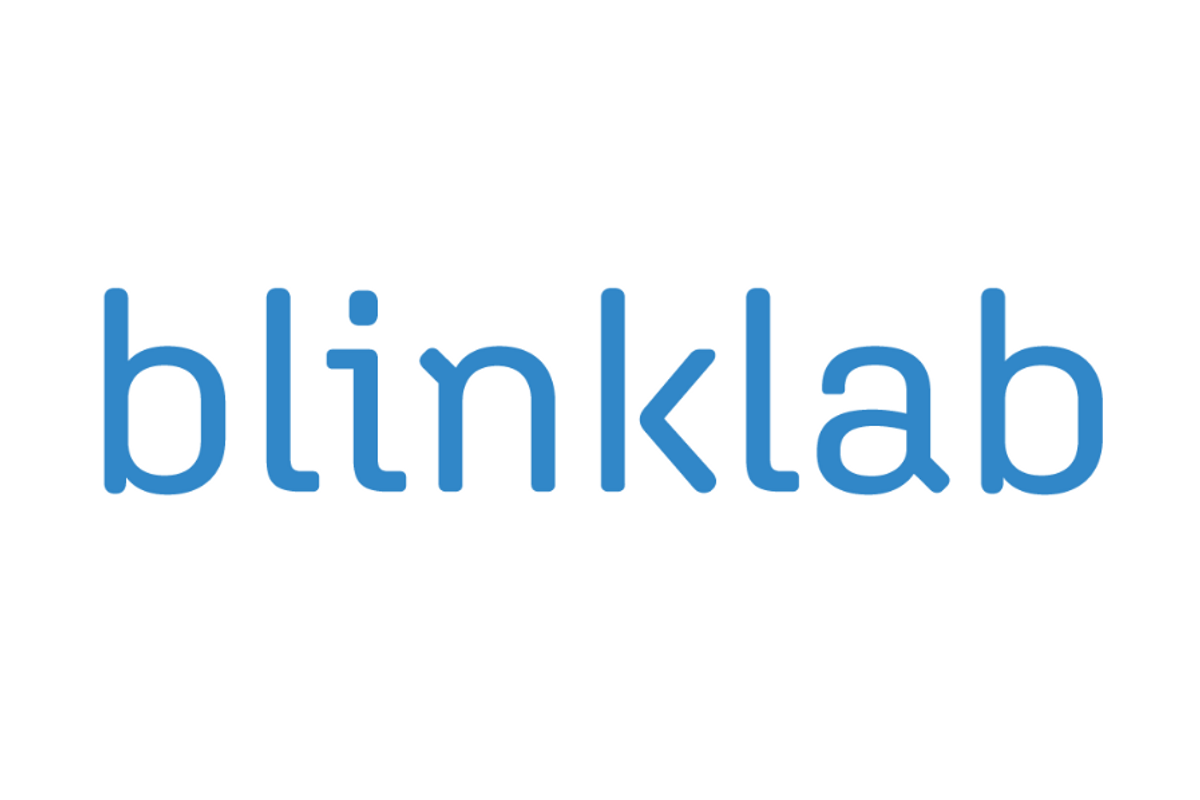The Conversation (0)


BlinkLab Limited (ASX:BB1) (“BlinkLab” or the “Company”) is pleased to present its Annual Report.
Click here for the full ASX Release
This article includes content from Blinklab Limited, licensed for the purpose of publishing on Investing News Australia. This article does not constitute financial product advice. It is your responsibility to perform proper due diligence before acting upon any information provided here. Please refer to our full disclaimer here.
Revolutionising Mental Health Care Through Mobile Solutions
Collaboration achieves revenue-generating commercialization and scale deployment milestones